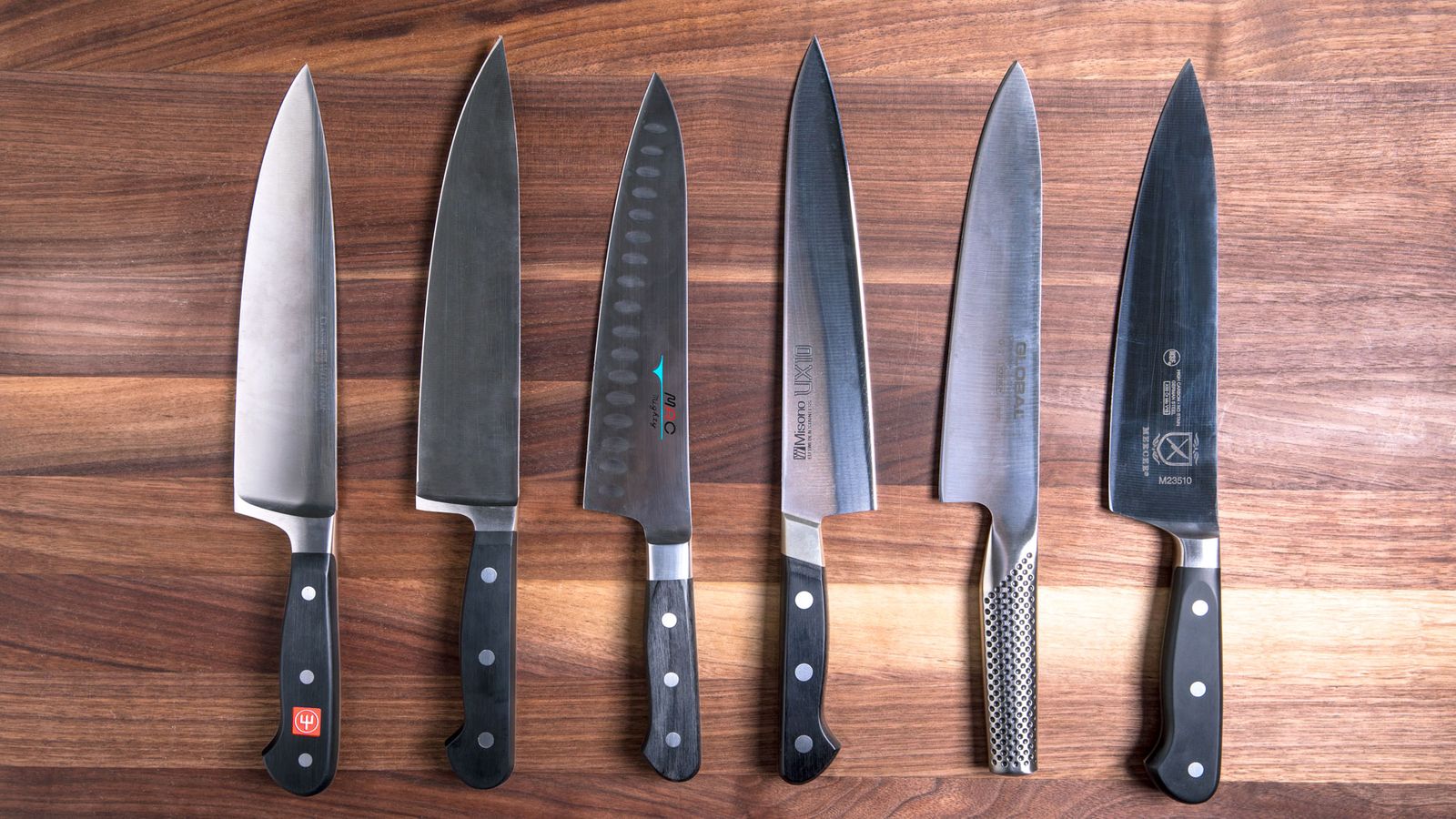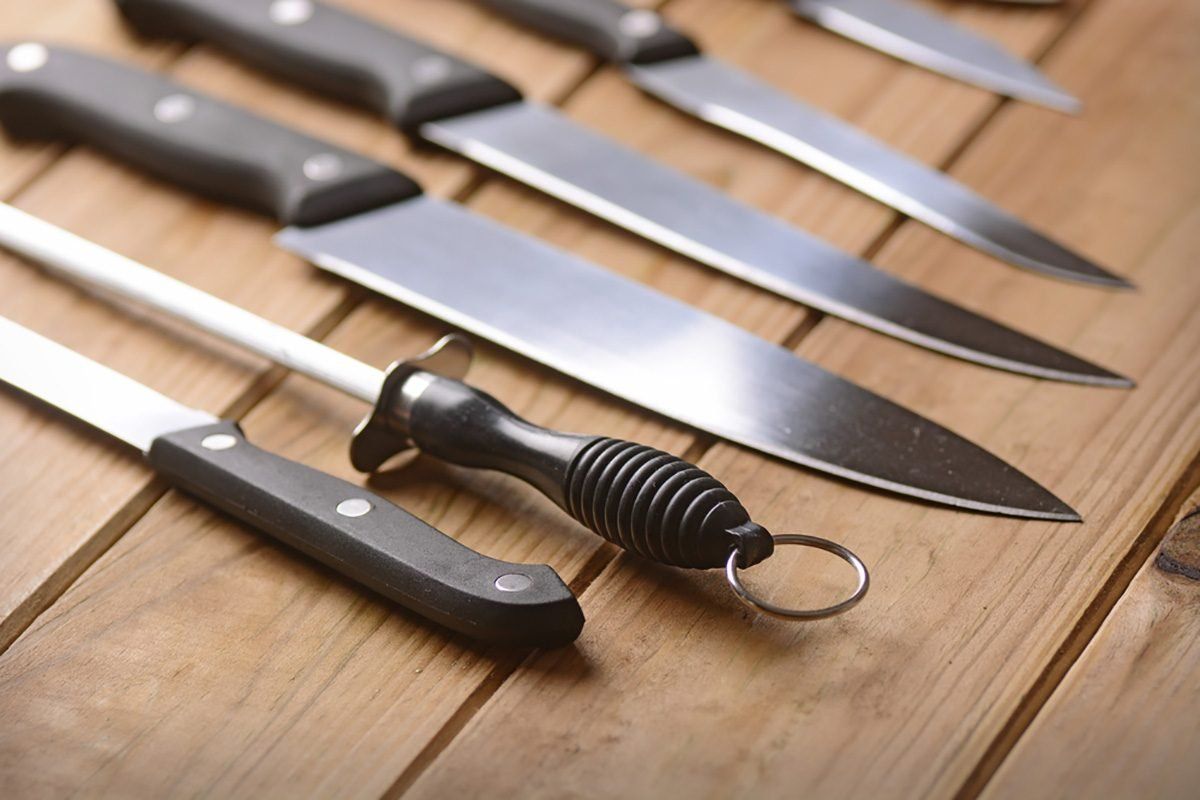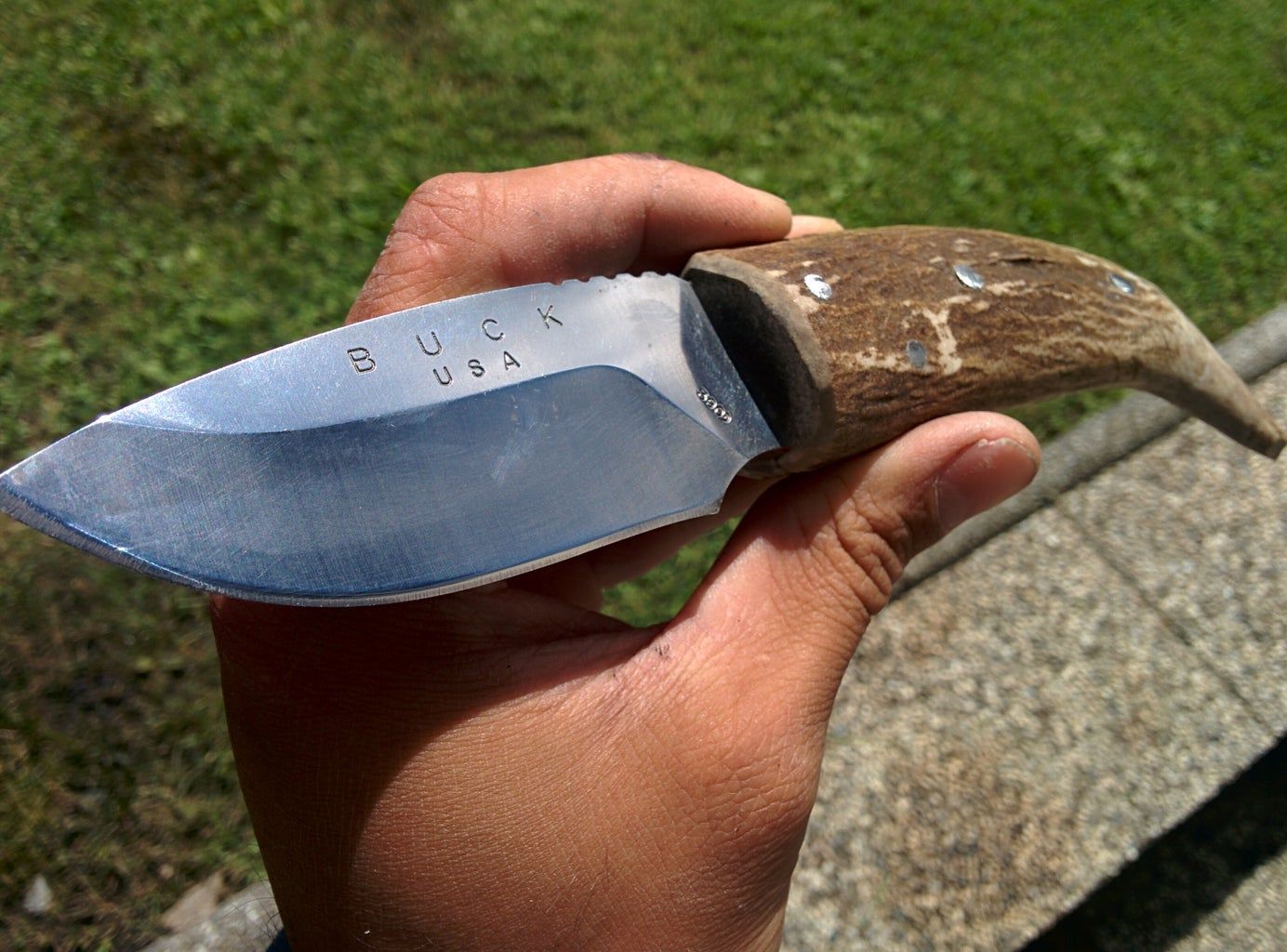How to Choose a Fillet Fishing Knife
Having the right knives is essential for preparing meals. This is especially important when cutting fish. No matter if you're a fisherman, hunter, or simply a cooking enthusiast, having the right fillet fishing knife is essential. These knives have thin and flexible blades that allow you to cut the fish at various angles and without too much effort. If you're a first-time buyer of this type of knife, it's important to know what to consider. For instance, the size, type of blade and handles are among the top three things that should get your attention. This little guide should make your shopping more successful.
Consider the Knife Size

The average fillet knife blade ranges between 10 and 22cm. The standard sizes are 10, 15, 19 and 22 cm. The main reason for these various sizes is in correlation to the size of fish these knives are used for. A knife with a shorter blade will be more suitable for a smaller fish.
If you want to get an 'all-around knife' it's best to get a blade of about 20cm. This type of knife will allow you to fillet small and large fish easily and without struggles and effort.
Blade Material
Another important feature to consider when choosing your fillet fishing knife is the blade material. Stainless steel is the most common material used for making such knives. However, not every blade made of stainless steel is made with the same quality. Most fillet knives don't say what type of stainless steel they are; to avoid buying garbage, it's best to buy your knives from trusted brands and sellers. The metal blade should stay strong for a long time, without corroding, rusting or even breaking.
Do a Flex Knife Test

Speaking of potential breaking, it's a good idea to do a flex knife test before buying. Flex can be critical to optimum cutting and slicing; not only will it make the filleting easier, but also more satisfying. The flex is a contingent of the thickness of the blade. The thicker the blade, the less flexible it will be. Shorter blades should have more flex (the smaller fish you'll be filleting require tighter angles and sharper cuts). Longer blades should still have enough flex, but it's not as important as maintaining it in the shorter steel.
Blades of 10 and 15cm should be quite thin and flexible. When testing the flex, the blade should "bend" about 2.5cm or more either way when the tip is pushed straight down and you apply pressure. In blades with larger lengths, the flex should still be maintained throughout the blade. However, with length, there is an added thickness, because of the higher strength capabilities the knife needs to exude.
Check the Handles
Besides an excellent blade, your fishing knife should have a good handle. The grip and execution depend mainly on the quality of the handle. It should feel comfortable in your hand allowing you to cut in various angles without too much effort. Also, the handle should make the whole filleting safe.
Wood is the most common material for handles, although nowadays you can find knives with handles made of plastic and rubber. Wood although durable, safe and comfortable has one downside and that is slippery when wet. This can lead to a lack of control and chance of slippage which can be quite dangerous. Also, wood can absorb fish odours, which is almost impossible to remove when cleaning.

Plastic and moulded rubber are great options for fillet knife handles. The rubber will give you a better grip. Both materials provide good traction and can be easily cleaned thoroughly and you won't ever have to worry about germs or smells. The downside is that both are corrosive, so they won't last for a long time.
When choosing your knife, make sure the knife has a bevelled area for your index finger; this is the spot where their blade meets the handle and will give you extra insurance against slipping. The bevelled area will give extra leverage. Some handles have recessed fingers hold and can be excellent for extra grip. However, these handles are only good for people whose fingers are on the smaller size. If you have large hands and fingers, then such a handle make the grip very uncomfortable.
Get a Knife Sheath and Sharpening Stone
Most knives come with a sheath and this is an excellent thing for storing the knives in a tackle box or cupboard. Also, the sheath will come in handy for attaching the knife to your belt when you are on your boat or when making a meal at the shore. Be sure to always keep the sheath covered to lessen any chances of injury.
Besides the sheath, it's important to get a sharpening stone. No knife can stay sharp for a long time, no matter how quality it was made. Some knives come with a small hand-held sharpener, making the whole thing easy and quick. You won't need more than a few swipes through the sharpener before use.


